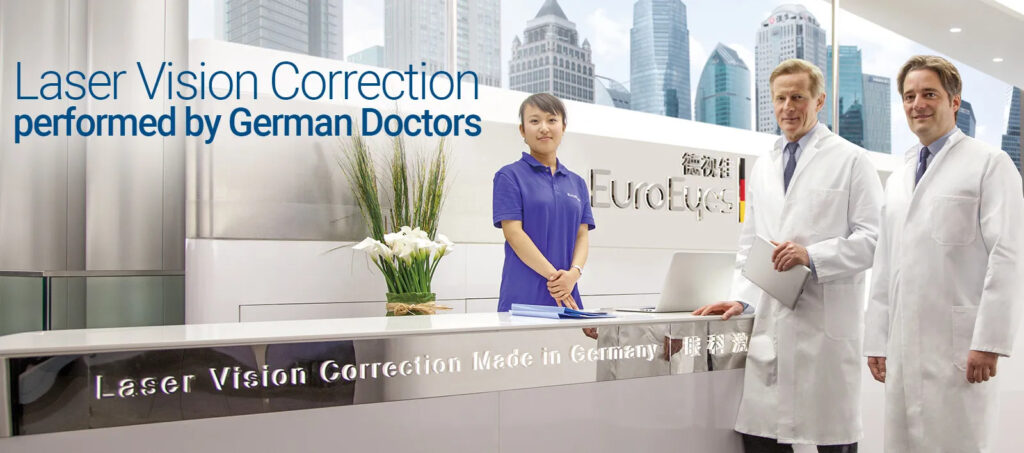Implantable Glaucoma Device Market Growth Trends and Forecast 2034
The implantable glaucoma device market is poised for significant growth over the next decade, driven by advancements in medical technology, increasing prevalence of glaucoma, and rising demand for minimally invasive surgical options. By 2034, the market is expected to witness substantial expansion, offering new opportunities for healthcare providers, manufacturers, and patients alike. This article explores the key growth trends, market drivers, challenges, and future projections shaping the implantable glaucoma device industry.
Understanding Glaucoma and the Need for Implantable Devices
Glaucoma is a group of eye conditions that damage the optic nerve, often due to elevated intraocular pressure (IOP). If left untreated, it can lead to irreversible vision loss. Traditional treatments include eye drops, laser therapy, and conventional surgeries. However, these methods may not always be effective or sustainable for long-term management.
Implantable glaucoma devices offer a promising alternative by providing continuous IOP regulation with fewer side effects and better patient compliance. These devices are designed to:
- Improve fluid drainage from the eye to reduce pressure
- Minimize surgical risks compared to traditional methods
- Enhance patient comfort with long-term solutions
Key Growth Trends in the Implantable Glaucoma Device Market
1. Rising Prevalence of Glaucoma
The global burden of glaucoma is increasing, particularly among aging populations. According to the World Health Organization (WHO), over 80 million people are expected to suffer from glaucoma by 2030. This surge in cases is a primary driver for the adoption of advanced treatment options, including implantable devices.
2. Technological Advancements
Innovations in micro-invasive glaucoma surgery (MIGS) have revolutionized treatment approaches. Modern implantable devices, such as the iStent, XEN Gel Stent, and Hydrus Microstent, offer improved safety and efficacy. Key advancements include:
- Biocompatible materials reducing rejection risks
- Smart sensors for real-time IOP monitoring
- Minimally invasive designs enabling faster recovery
3. Increasing Demand for Minimally Invasive Procedures
Patients and physicians are increasingly favoring MIGS over traditional glaucoma surgeries due to:
- Lower complication rates
- Shorter recovery times
- Outpatient procedure feasibility
4. Expanding Healthcare Infrastructure in Emerging Markets
Developing regions, such as Asia-Pacific and Latin America, are witnessing rapid improvements in healthcare access. Government initiatives and increasing investments in ophthalmology are expected to boost the adoption of implantable glaucoma devices in these markets.
Market Segmentation and Key Players
The implantable glaucoma device market can be segmented based on:
- Product Type (Stents, Shunts, Valves)
- Material (Polymer-based, Metal-based, Biodegradable)
- End-User (Hospitals, Specialty Clinics, Ambulatory Surgical Centers)
Prominent companies leading the market include:
- Alcon Inc.
- Glaukos Corporation
- AbbVie Inc. (Allergan)
- Santen Pharmaceutical Co., Ltd.
- Ivantis, Inc.
Challenges and Restraints
Despite the promising outlook, the market faces several challenges:
- High costs of implantable devices limiting accessibility
- Stringent regulatory approvals delaying product launches
- Limited awareness in underdeveloped regions
Future Forecast: What to Expect by 2034
Analysts predict the implantable glaucoma device market will experience a compound annual growth rate (CAGR) of approximately 8-10% from 2024 to 2034. Key factors influencing this growth include:
- Increasing R&D investments for next-gen devices
- Expansion of teleophthalmology improving diagnosis rates
- Strategic collaborations between manufacturers and healthcare providers
Conclusion
The implantable glaucoma device market is on an upward trajectory, fueled by technological innovation, rising disease prevalence, and shifting patient preferences toward minimally invasive treatments. As healthcare systems continue to evolve, these devices will play a pivotal role in transforming glaucoma management worldwide. Stakeholders must focus on affordability, education, and regulatory compliance to unlock the market’s full potential by 2034.



